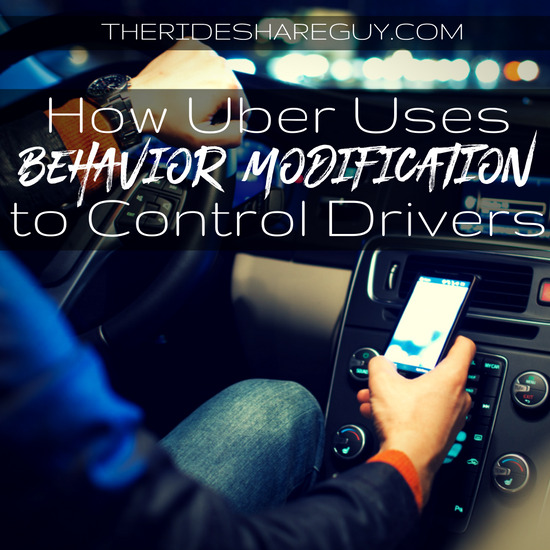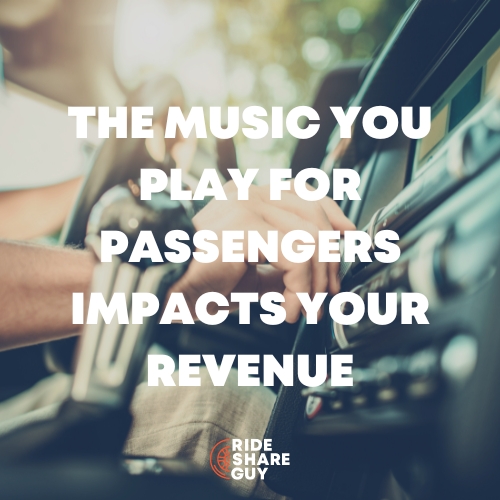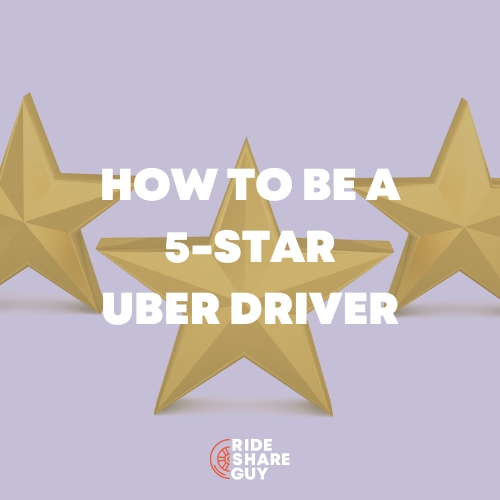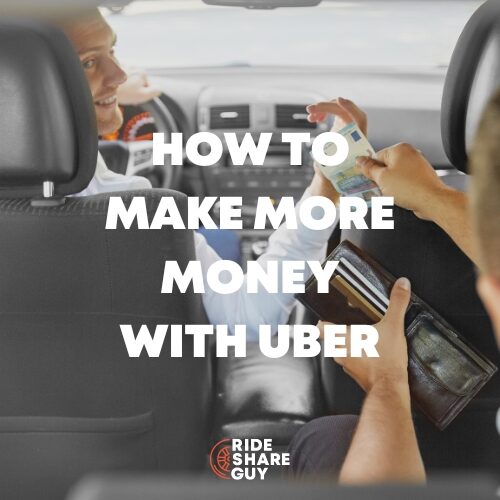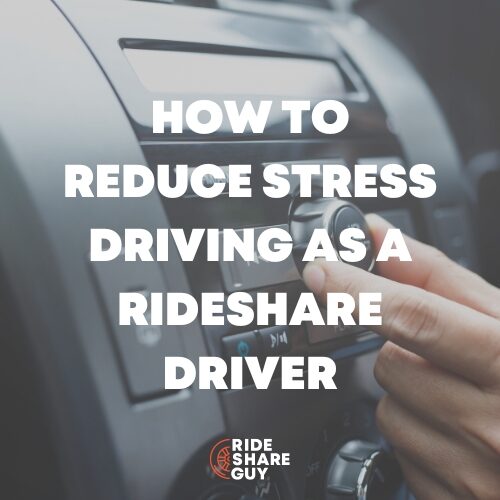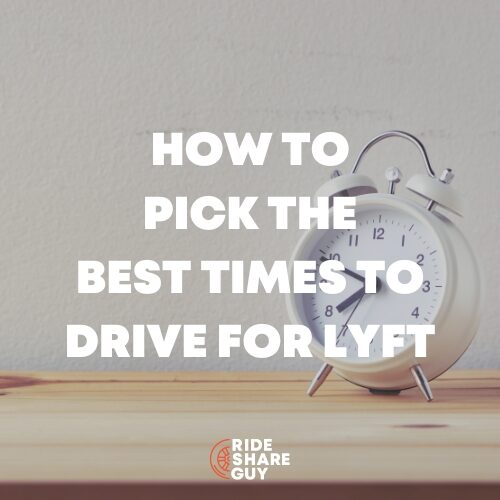Harry here. For a lot of new drivers, most of the focus is about figuring out the basics: pick-ups, drop-offs and not getting puked on. But once you start to get some experience under your belt, you notice a world of intricacies happening through the Uber driver app. Today, senior RSG contributor Christian Perea takes a look at all the tactics Uber is using to get drivers to act a certain way and explains whether drivers, Uber or both benefit most from these.
Gig economy platforms face a lot of trouble if they order workers to do specific tasks. It obscures the line between contractor and employee and puts the company at risk of having their workers classified as employees. So companies like Uber are forced to rely on a different set of tools to encourage specific driver behavior.
If you’re driving for one of these services, you should be aware of these strategies so you can act in your own interest.
This phenomenon is not unique to Uber, but I think they have done the most effective job at it. Uber has engineered their app to communicate with drivers in real-time to get the desired result from their workforce. The in-app communications provides a constant stream of pleasurable stimuli to get you to do targeted behavior. Even companies like Lyft have followed suit and implemented many of the same features below.
Social Validation From Customers and Uber
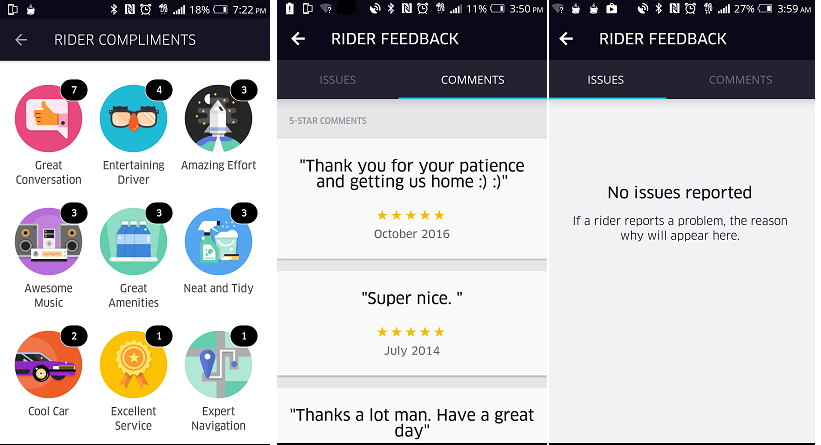
One of the newest additions to the Uber driver app shows drivers compliments and comments from prior passengers. I really like this feature since a lot of newer drivers go through doubt and confusion after each Uber ride. They may be unsure if they are ‘doing it right’, especially after a bad ride or a poor rating.
Messaging all of the nice stuff to drivers actually acts as a sort of social proof they are doing things right and providing an appreciated service. You can argue that “it’s not a tipping button!” but truth be told, most people REALLY like being complimented and feeling valued. Best of all? Tt doesn’t cost anyone anything.
Lyft has a similar setup known as “Feedback Friday” where drivers receive all of their comments from passengers. They are popular with drivers who still post screenshots of customer feedback to Facebook lounges each week.
In the beginning I know I was too concerned with ratings and whenever mine went down, I would run through my mind all of the rides for the day and mentally try to figure out WHO IT WAS. Of course, this only made me suspicious of literally every single passenger and in turn built mistrust of the passengers. Nowadays I don’t care about these things because I’ve realized it doesn’t really matter that much. But I still see the same pattern among many, many new drivers throughout the country every day. This somewhat helps fix all of that.
Positive Reinforcement For Desired Behavior
Uber provides several forms of positive reinforcement to drivers with the most obvious incentive being extra money to drive in certain areas at certain times with Earnings Boost, Hourly Guarantees, and Power Driver Plus. These three programs reward and wire drivers to actively be logged on and accepting rides within the Uber app. The “reinforcement” being cash, which is an addictive substance 😉
Uber constantly tests different incentive structures, for different drivers, in different markets. All at the same time. They figure out which ones get the best response from drivers and expand from there.
Incentives To Increase Driver Supply
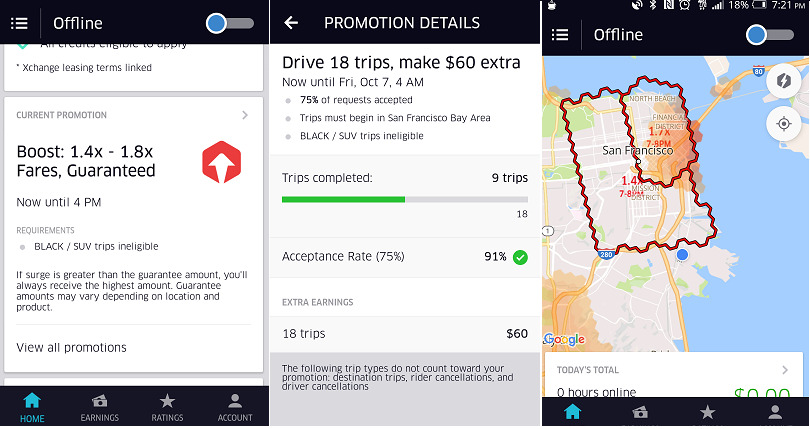
One may say that once these incentives were taken away, drivers would immediately go back to the behavior they had before these programs were put in place. However, there is a lot at play that promotes drivers to continue the same driving habits as when the incentives were in place because:
- Driving frequently in the same location makes a driver feel most comfortable operating in that area.
- The locations with incentives tend to be the busiest, have the most surge, and most frequent ride requests even without the incentive.
- Drivers begin to associate the previous cash habits with a sense of earnings certainty, making it harder to try something new that is uncertain when the incentives are reduced or removed altogether.
- Mentally, people will associate the red outlines with big money. So all Uber needs to do is make the “boost” 1.1x and a lot of people will still drive in that area over another area.
By offering these incentives, drivers begin to associate certain areas and times of the city with higher earnings. This acts as a way to train new drivers to head to a certain area or to plan ahead for these times in their daily driving habits.
In the end, drivers can begin to head to these areas on their own volition knowing that the area will be busy at a certain time, even if they should drive elsewhere.
Ride Volume Bonuses
Lately, Uber has been offering individual drivers bonuses for completing a certain number of trips within a specified time-frame. They are as narrow as 15 rides in a night for an extra $20 or as broad as 120 over a week for $500. All of these are communicated through the home screen on the Uber Driver app and/or via e-mail. This is a way to get drivers to associate doing trips on the platform with a certain amount of value and reinforces part-time drivers to do a few rides a week.
Positive and Negative Punishment for Undesirable Behavior

YOUR EARNINGS(!) / Acceptance Rate Screen (screenshot on the left)
This is clearly a way for Uber to communicate their displeasure with a driver for not accepting EVERY request. The screen appears like something BAD is about to happen. And it’s right, because if you miss more than 2 requests, Uber will actually place a driver on “time out” for 2 minutes (You used to be able to log out/in after your second ignored request to avoid time-out, but Uber seems to have caught on to that one).
So it starts as a form of positive punishment by giving the driver a warning for not accepting rides, then it moves to a form of negative punishment because it takes something away (the ability to drive) from the driver for a period of time to get the driver to complete the desired behavior of accepting every ride.
Don’t Log Out! Screen (screenshot in the middle)
This is an unpopular screen for most drivers. When we want to log-out we have our reasons. Did you know sometimes your Uber driver has to pee? Either way, I bet that Uber has run some tests to show that a large portion of people who see this screen will remain logged in, feeling encouraged to move on by their app-based coach.
Driving Report (screenshot on the right)
Uber provides various forms of driving performance scorecards throughout the US to its drivers within the app. You can see from my screenshots that Uber would prefer I drive more slowly. I personally don’t care about the driving report since I know I am driving just fine. 😉 However, the report is an effective means for a driver to measure their results against themselves. Allowing them to train themselves to drive the “Uber way” – which apparently is slow and docile. Which in turn, Uber can likely use to reduce/negotiate lower insurance costs.
For now, there are no consequences or rewards for doing well on the report. It is merely suggestive.
Deactivation For Repeated or Extreme Behavior
Maximum Cancellations: If you cancel too many rides, Uber will send messages, emails, and more emails to the driver warning them of their cancellation policy. If the driver is among the worst of Uber’s offenders and Uber has done its due diligence to warn the driver, they will deactivate the driver.
Related Article: 11 things that can get you deactivated as an Uber driver
App-Provided Stimuli Is Immediate
What really separates Uber from the rest in effectiveness is their ability to provide all of the stimuli through the driver app. All of the corrective messaging comes through the driver app in real-time where the user (driver) is most engaged. If you do good things, Uber rewards you within their app. If you do things that Uber does not like, then you receive a suggestion to improve.
Wrapping Up: The Big Picture
What makes the gig-economy unique is that it relies on many of these tactics in order to control its workforce of independent contractors.
As we continue to chug along through the 21st century, and jobs become more decentralized, Uber’s methods provide a good example of what is to come for others. Even for other more specialized occupations.
Future platforms will act similar to video games, making them addictive and allowing the user to “level-up” through completing goals. In rideshare, the goals will be what the company wants: driving in certain areas, at certain times, all the time, and remaining safe and reliable.
I don’t think this is some sort of tin-foil mind-control conspiracy as much as it reflects these sort of companies trying to address management problems around supply and demand. A way to get a giant herd of unruly cats (us) to jump through some hoops.
For the millions of people who are not yet Uber drivers or the 60% of total drivers who do less than 20 hours a week, this sort of management will be very effective. This of course will make some opportunity for the rest of us who like to push the rules a little bit 😉
If you want to learn more about how Uber controls its workforce, checkout this article from Alex Rosenblat: The Truth About How Uber’s App Manages Drivers.
Readers, what do you think of this group-control strategy by Uber? Have you noticed these tactics or have you been unaware?
-Christian @ RSG
